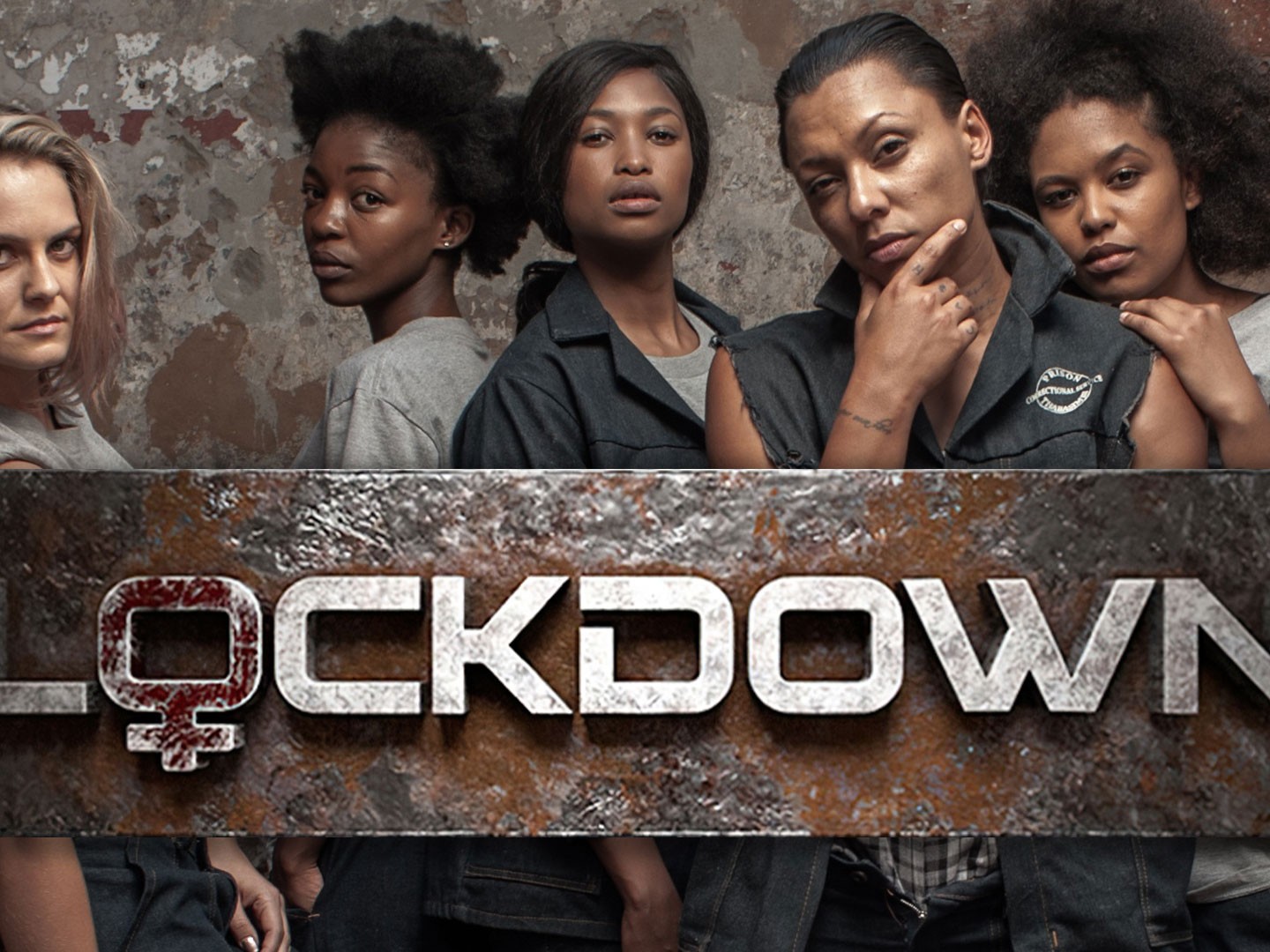Share this!
Things You Didn't Know About The Namji Doll

In Africa, dolls are of great cultural significance. Apart from their distinctive appearances, dolls have diverse functions. They are used as good luck charms and amulets, decorations, gifts, play things, ritual practices and family heirlooms. Dolls are made from just about anything; clay, wood, and weaved fibre.
Ever heard of a Namji Doll?
Of all the dolls in Africa, the Namji Doll is considered to be the most beautiful and aesthetic. Which explains why collectors love collecting as much as they can in auction houses. The more antique the Namji Doll, the more valuable it is.
Where is it from?
Namji Dolls, also known as Dowayo Dolls are fertility dolls native to the Namji tribe of North Cameroon. The blacksmiths of this tribe make this doll from carved African Rosewood. Namji Dolls date as far back as 1940.
How is it made?
Namji Dolls are carved from African Rosewood, a legume tree native to the Democratic Republic of Congo, Cameroon, Gabon and Equatorial Guinea. A single block of African Rosewood wood is hand carved into a geometric shape and decorated with multi coloured beads, metals, fibre, cowrie shells, coins, and even leather. Each doll is carved with a unique stature and facial expression. Because Namji Dolls are crafted by hand, they are considered original art pieces and often expensive. Antique Namji Dolls are sold at high prices in auction houses and art collectors love collecting them.
What does it look like?
Namji Dolls come in different geometrical shapes. Some are short, some are long and willowy, some are fat, some are thin. The dolls are brown, have a large round head, with sketched eyes, nose and mouth which gives them a comical facial expression. The dolls stand in a typical stiff and upright position.
The body of a Namji doll is covered with woven fabric of multicoloured beads and glass pearls. The hands and feet are decorated with chains of cowrie shells.
Sometimes colonial coins are attached to the shoulders, arms and legs using glass pearls. Although most of the dolls are females, male versions of the dolls are also available.
Namji Dolls are colorful. This is because they are decorated with colored bead necklaces and cowries. No two Namji Dolls are exactly alike, and this authenticity adds to their value.
What is it used for?
Namji Dolls are fertility dolls given to brides during a wedding ceremony. The Namji believe that these fertility dolls are made with potent charms that enhance the bride’s fertility, ward off evil spirits that cause infertility and difficult labour. They also believe the dolls prevent miscarriage and promote safe delivery of babies.
The bride carries the doll as a good luck charm anywhere she goes, in her purse or clothe. Once her wish is granted and she has a child, the doll is placed on the family altar or passed down to her daughter.
Namji Dolls are also given to young girls for role play. Young girls carry the dolls strapped on their backs and treat the dolls like their babies; feeding them, bathing them, wearing them clothes, and sleeping with them.The girls are allowed to play with these dolls even till puberty. It is believed that such role-play greatly encourages girls to prepare for their future roles as mothers.
Namji Dolls can also be used to make marriage proposals. A man gifts a doll to the girl he wants to marry and if she accepts it, it means she accepts his proposal. She then carries the doll around as a fertility doll. As soon as she has a child, she bequeaths the doll to her daughter.
More recently, Namji Dolls are used as decorative pieces for homes and offices. Because of their authenticity and cultural heritage, Namji Dolls are considered the most beautiful dolls in Africa. This makes them good pieces for table top display.
Namji Dolls are beautiful, cultural and make excellent gifts. We encourage you to start collecting yours today. There are different shapes and appearances out there. And of course since no two Namji doll look alike, your collection will definitely be as varied and as diverse as the different tribes and culture in Africa!






